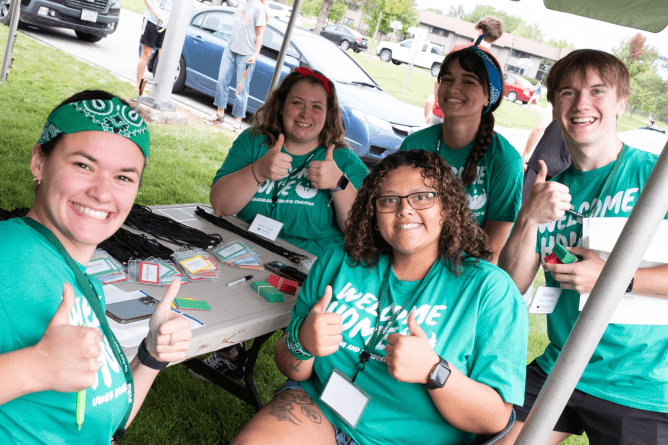Tag: engagement
-
Event Follow-Up: Ride the Active Learning Train
By
|
At CATL’s most recent Wacky Wednesday event on September 25, we embarked on a cross-continental ride aboard the active learning train with the engaging board game “Ticket to Ride.” This hands-on session gave us a chance to “lay the tracks” for active learning strategies that can improve student retention and success in any discipline. Active…
-

Why Didn’t Anyone Do Today’s Reading? – Engaging Students by Building Relationships
By
|
Article by Pamela Rivers The semester is well under way. Your students have taken their first exam. Some are active and excelling. Others have stopped coming to class or are not completing the assigned readings. Welcome to the end of September. Maybe you thought this time it wouldn’t happen. Everyone was eager and excited and…
-

Evidence-Based Frameworks and Strategies for Keeping Students Engaged
By
|
Engaging students is a common concern among instructors. While some approaches for engaging students are contingent on modality and content area, there are also methods that can apply to courses of all types. CATL has compiled some of these key research-backed frameworks and strategies in this blog post on student engagement.

